A bookish college student dismissive of athletics is compelled to try out sports to win the affection of the girl he loves.

A bookish college student dismissive of athletics is compelled to try out sports to win the affection of the girl he loves.

The story involves two newlyweds, Keaton and Seely, who receive a build-it-yourself house as a wedding gift. The house can be built, supposedly, in “one week.” A rejected suitor secretly […]
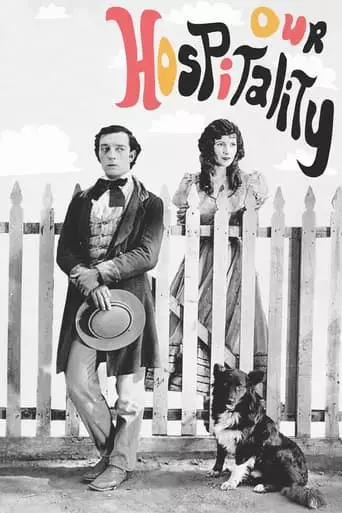
A young man falls for a young woman on his trip home; unbeknownst to him, her family has vowed to kill every member of his.
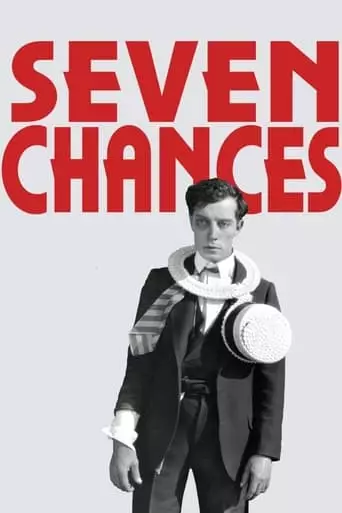
Struggling stockbroker Jimmie Shannon learns that, if he gets married by 7 p.m. on his 27th birthday — which is today — he’ll inherit $7 million from an eccentric relative.
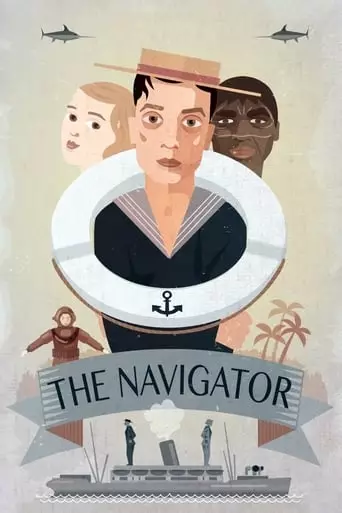
The wealthy and impulsive Rollo Treadway decides to propose to his beautiful socialite neighbor, Betsy O’Brien. Although Betsy turns Rollo down, he still opts to go on the cruise that […]
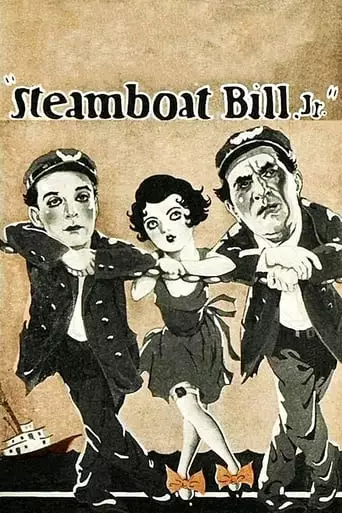
The just-out-of-college, effete son of a no-nonsense steamboat captain comes to visit his father whom he’s not seen since he was a child.
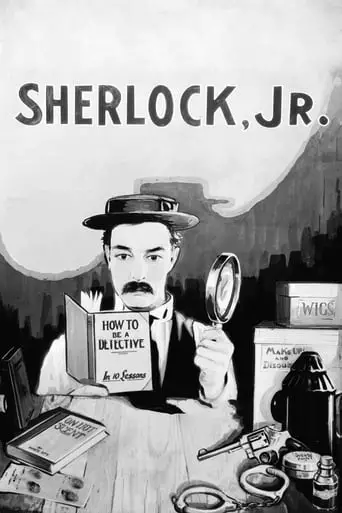
A film projectionist longs to be a detective, and puts his meagre skills to work when he is framed by a rival for stealing his girlfriend’s father’s pocketwatch.

During America’s Civil War, Union spies steal engineer Johnny Gray’s beloved locomotive, ‘The General’—with Johnnie’s lady love aboard an attached boxcar—and he single-handedly must do all in his power to […]
Buster Keaton: The Great Stone Face of Silent Cinema
Buster Keaton, one of the most iconic and innovative figures in film history, revolutionized cinema with his unique blend of physical comedy, visual storytelling, and technical ingenuity. Known as “The Great Stone Face” for his stoic expression, Keaton was a master of silent film who created some of the most memorable and enduring comedies of all time.
Early Life and Stage Beginnings
Joseph Frank Keaton IV was born on October 4, 1895, in Piqua, Kansas, into a family of vaudeville performers. His father, Joe Keaton, and mother, Myra, incorporated him into their act when he was just a toddler. Dubbed “The Human Mop” for his role in slapstick routines, young Keaton developed a knack for physical comedy and acrobatics, skills that would later define his film career.
Keaton’s childhood on the vaudeville circuit exposed him to a world of performance, timing, and humor, laying the foundation for his future as a cinematic innovator.
Transition to Film
Keaton entered the film industry in 1917 when he joined Roscoe “Fatty” Arbuckle’s comedy troupe. Under Arbuckle’s mentorship, Keaton quickly adapted to the medium, developing his signature deadpan expression and precise comedic timing. His early collaborations with Arbuckle, such as The Butcher Boy (1917), showcased his natural talent for physical comedy and stunts.
By 1920, Keaton had transitioned to directing and starring in his own short films, which allowed him to explore his creative vision. These early works, including One Week (1920) and The Scarecrow (1920), established him as a rising star in silent comedy.
The Golden Era: Feature Films
Keaton’s greatest achievements came in the 1920s when he began making feature-length films. Combining his love of slapstick with a deep understanding of cinematic storytelling, Keaton created masterpieces that remain landmarks of film history.
Sherlock Jr. (1924): In this surreal comedy, Keaton plays a projectionist who dreams of becoming a detective. The film is celebrated for its groundbreaking special effects and its playful commentary on the relationship between film and reality.
The General (1926): Widely regarded as Keaton’s magnum opus, this Civil War-era comedy follows a train engineer’s quest to recover his beloved locomotive. Known for its epic scale, precise choreography, and breathtaking stunts, The General is now considered one of the greatest films ever made.
Steamboat Bill, Jr. (1928): This classic features Keaton’s most famous stunt: narrowly avoiding a falling building façade. The film exemplifies his fearless commitment to physical comedy and visual spectacle.
Style and Innovation
Keaton’s films stand out for their meticulous craftsmanship and innovative use of the medium. He approached comedy as a visual art form, using framing, timing, and physical movement to create humor without relying on dialogue or intertitles.
A hallmark of Keaton’s work was his daring stunts, many of which he performed himself. These feats—often involving trains, collapsing structures, or dangerous machinery—combined athleticism with impeccable comedic timing, earning him a reputation as one of the most fearless performers in cinema.
Keaton also had an innate understanding of the camera, experimenting with editing, perspective, and special effects to enhance his storytelling. His technical mastery and ability to seamlessly blend comedy with action set him apart from his contemporaries.
Career Challenges and Later Years
The advent of sound in cinema and Keaton’s ill-fated move to MGM in 1928 marked a downturn in his career. Under studio control, he lost the creative freedom that had defined his best work, leading to a decline in the quality of his films. Personal struggles, including a battle with alcoholism, further compounded his difficulties.
In the 1940s and 1950s, Keaton experienced a career resurgence. He appeared in cameos, television shows, and commercials, and his earlier films gained renewed appreciation from critics and audiences. In 1960, he received an honorary Academy Award for his contributions to cinema.
Legacy
Buster Keaton’s influence on filmmaking is immeasurable. His fearless stunts inspired generations of performers, from Jackie Chan to Tom Cruise, while his innovative storytelling techniques continue to shape the language of cinema.
Keaton’s work transcends time, resonating with modern audiences for its universal humor and timeless creativity. Films like The General and Sherlock Jr. are studied in film schools worldwide, not only as examples of brilliant comedy but also as milestones in cinematic art.
Conclusion
Buster Keaton remains one of the greatest artists in film history, a true pioneer who expanded the possibilities of cinema. His unique vision, technical ingenuity, and unwavering dedication to his craft have left an indelible mark on the medium, ensuring that “The Great Stone Face” will continue to captivate audiences for generations to come.